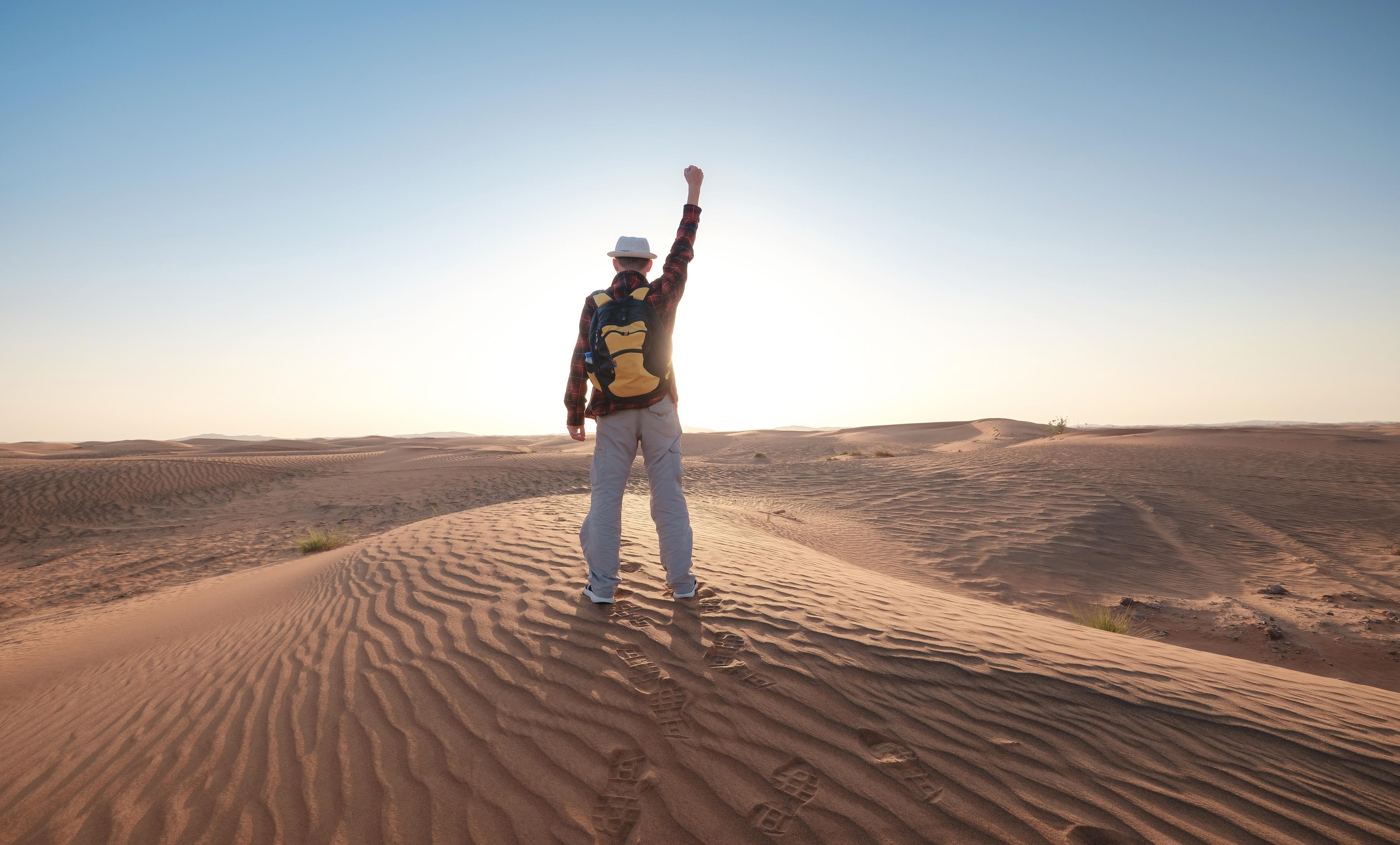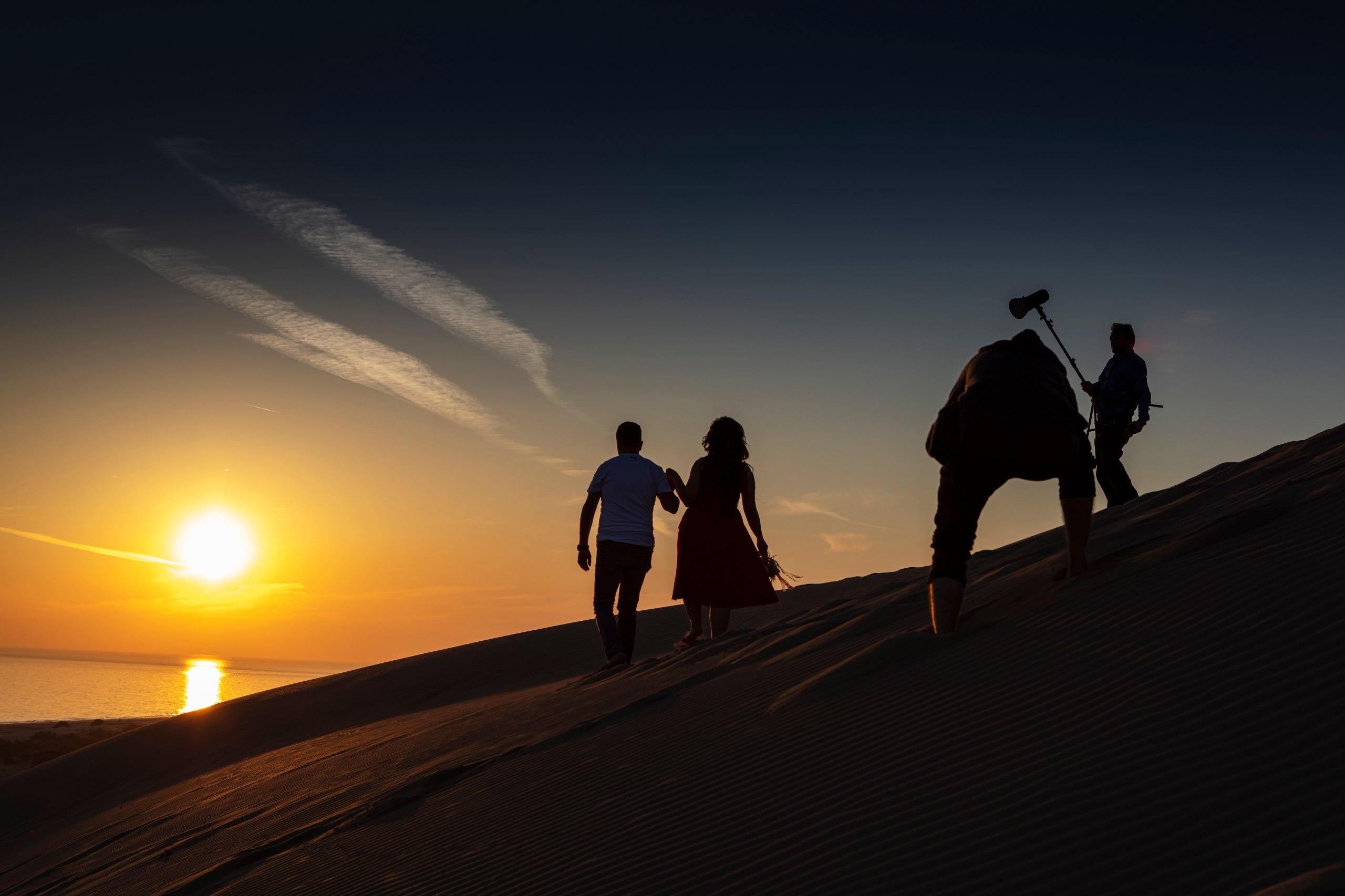Best Seasons for Desert Safari: When to Plan Your Trip
Timing is everything when planning a desert safari. The desert climate can be extreme, with scorching temperatures in summer and surprisingly cold nights in winter. Knowing the best time to visit can make the difference between an uncomfortable ordeal and a magical experience.
Understanding Desert Climate
Deserts are characterized by extreme temperature variations, not just between seasons but even within a single day. During summer months, daytime temperatures can soar well above 40°C (104°F), making outdoor activities uncomfortable and potentially dangerous. Conversely, winter nights in the desert can drop below freezing in some regions, requiring warm clothing and proper preparation.
The Ideal Seasons: Autumn and Spring
Autumn (September to November)
Autumn offers an excellent window for desert safaris in most regions. As the summer heat begins to dissipate, daytime temperatures become more manageable, typically ranging from 25°C to 35°C (77°F to 95°F). The sand has cooled down enough to walk comfortably, yet the evenings remain warm enough to enjoy outdoor activities without heavy clothing.
In destinations like Dubai, Abu Dhabi, or Rajasthan, autumn marks the beginning of the high season for desert tourism. The weather is pleasant, and the skies are typically clear, offering perfect conditions for photography and stargazing.
Spring (March to May)
Spring is another prime time for desert adventures. Similar to autumn, temperatures are moderate, and the desert often displays a rare spectacle – blooming. In certain desert regions, brief spring rains can trigger a short-lived but spectacular flowering of desert plants, transforming the landscape with splashes of color.
During spring, you might also encounter fewer tourists compared to the peak winter season, resulting in more personalized experiences and potentially better rates.
Winter: Peak Season (December to February)
Winter is the peak tourist season for desert safaris in most locations, and for good reason. Daytime temperatures are the most comfortable of the year, typically ranging from 20°C to 30°C (68°F to 86°F). This makes it ideal for all desert activities, from dune bashing to camel trekking.
However, be prepared for cold nights, especially if you're planning an overnight stay. Temperatures can drop significantly after sunset, sometimes approaching freezing in regions like the Thar Desert or the Sahara. Most reputable safari operators provide warm blankets and even campfires for overnight guests, but packing layers is essential.
The popularity of winter safaris also means larger crowds and higher prices, so booking well in advance is advisable.
Summer: For the Heat-Tolerant (June to August)
Summer desert safaris are not for everyone. The intense heat, which can exceed 45°C (113°F) in places like Dubai or Egypt's Western Desert, makes daytime activities challenging and potentially hazardous. However, some operators offer specialized summer packages with modified schedules, conducting activities in the early morning or late evening when temperatures are more tolerable.
The advantage of summer visits is significantly reduced crowds and often substantially discounted rates. If you're on a tight budget and can handle the heat, you might find summer offers the best value, particularly if you focus on evening and night activities when the desert cools down.
Special Considerations
Ramadan
If your desert safari destination is in a Muslim country, be aware of Ramadan dates (which vary each year as they follow the lunar calendar). During this holy month, some activities may be limited, and the operating hours of many establishments change. However, many operators continue to run safaris, and experiencing the special atmosphere of Ramadan can add a unique cultural dimension to your trip.
Local Festivals
Research local festivals that might coincide with your visit. Events like the Dubai Shopping Festival in winter or various cultural festivals in India's Rajasthan can enhance your overall experience, offering additional activities beyond your safari.
Conclusion
For most travelers, the optimal times to experience a desert safari are during the transitional seasons of autumn and spring, or during winter if you don't mind the crowds and higher prices. Summer safaris can be considered by budget-conscious travelers willing to adapt to the heat.
Regardless of when you choose to go, proper preparation – including appropriate clothing, sun protection, and hydration – is essential for a safe and enjoyable desert adventure. With the right timing and preparation, your desert safari will surely become one of your most memorable travel experiences.




.jpg&w=3840&q=75)